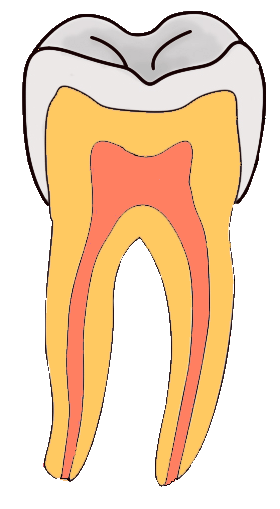Fillings
|
Tooth decay, or dental caries, occurs when foods or drinks containing sugars and carbohydrates are left on tooth surfaces. The bacteria in plaque thrive on these foods and produce lactic acid as a result. Over time, this acid will destroy the tooth surface resulting in tooth decay.
After the dentist removes the decay from your tooth, a filling will then be placed. There are several types of fillings that can be placed depending on your particular needs. Resin Fillings Composite Resin is a white filling material that produces a natural looking, tooth-colored restoration. Resin fillings are “bonded” to the tooth, meaning they are held in place with adhesive agents. They come in many different shades and can be matched to the shade of your natural teeth. However, like any filling, it is possible for microleakage to occur around the filling which could result in staining or recurrence of tooth decay. In these instances the filling would need to be replaced. Amalgam Fillings Amalgam or silver filling is a metallic alloy of silver, copper and tin. A small amount of mercury is used to bind these metals together and increase the hardness of the filling. It has been in use for over a century and is one of the most tried and tested of the dental restorative materials. They are highly resistant to wear which makes them an excellent filling material for molars, which is where the chewing load is greatest. The downside to amalgam fillings is that they are not as natural looking as a tooth colored filling. Also, amalgam fillings are not “bonded” to the tooth. This means that more natural tooth structure may need to be removed in order for the amalgam to “lock” into place. While questions have arisen about the safety of dental amalgam relating to its mercury content, the major U.S. and international scientific and health bodies, including the National Institutes of Health, the U.S. Public Health Service, the Centers for Disease Control and Prevention, the Food and Drug Administration and the World Health Organization, among others have been satisfied that dental amalgam is a safe, reliable and effective restorative material. |


